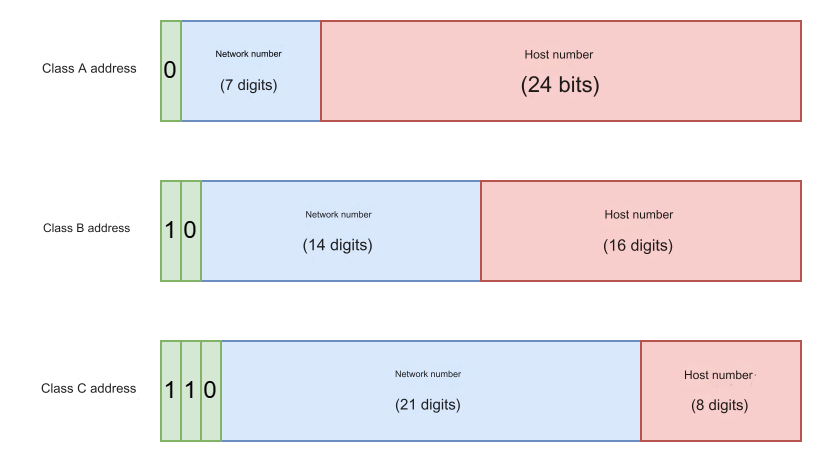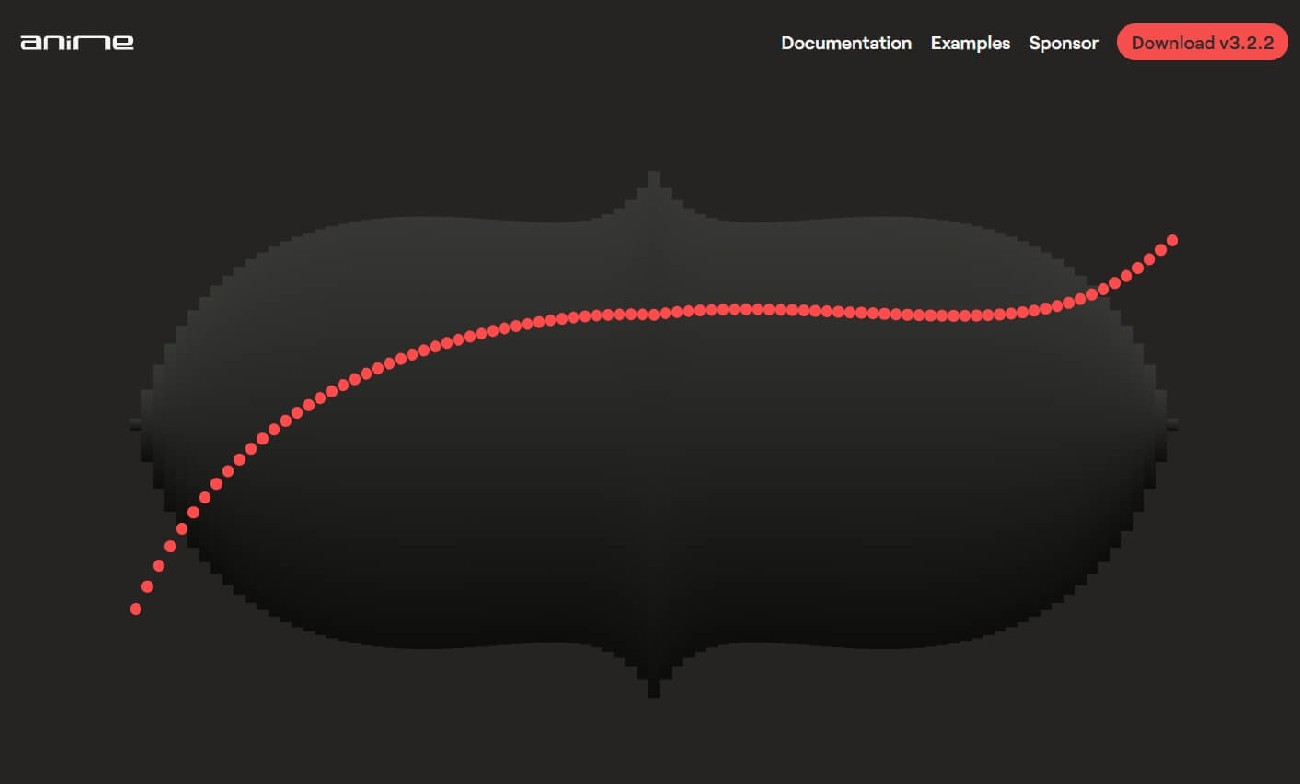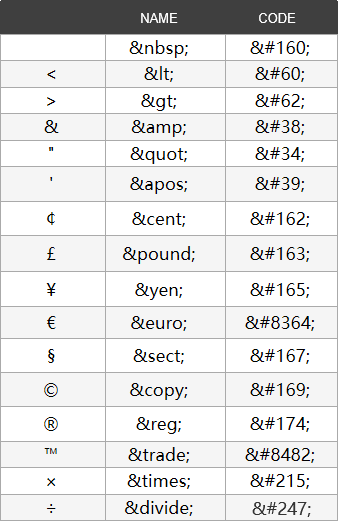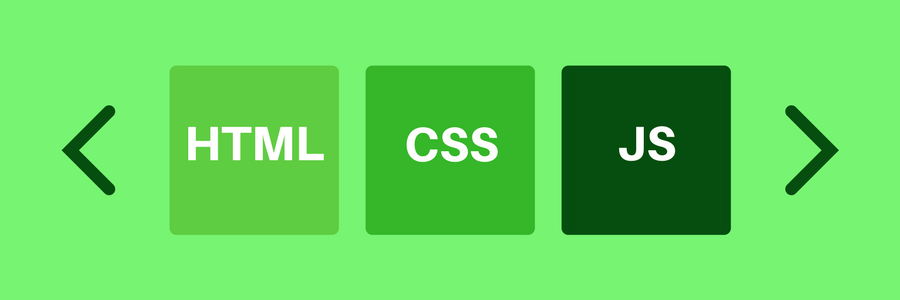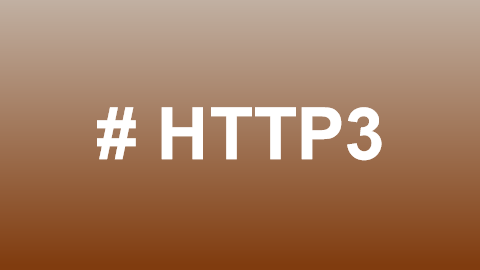HTTP/3 is rapidly emerging as a dominant force in the world of internet transmission protocols. In the future, it is expected to become the mainstream protocol, providing efficient, secure, and reliable transmission services across various applications. With such potential, I encourage everyone to learn and experiment with HTTP/3, contributing to the advancement of the internet.
Today, let's dive into a trending topic—HTTP/3. When you think of HTTP, it might seem like it's as ubiquitous as air—ever-present yet not particularly noteworthy. However, with the rise of HTTP/3, you may be wondering: what gives this new protocol the power to make such a splash? Let’s take a closer look.
1. The Evolution of HTTP
First, we need to go back to the origins of HTTP. The HyperText Transfer Protocol (HTTP) marked a significant milestone in the development of the internet. In the early days, HTTP/1.0 required a new connection for each request, and the connection would close after each response, resulting in low efficiency. Then came HTTP/1.1, which introduced persistent connections, allowing multiple requests without repeatedly opening and closing connections, improving webpage load times.
However, as the internet evolved rapidly, with websites becoming more content-rich, HTTP/1.1 began to fall short. HTTP/2 was born to address these issues, introducing multiplexing and header compression, pushing webpage load speeds to new heights. But the rise of mobile internet and the Internet of Things (IoT) brought new challenges, such as high latency and insufficient security.
Enter HTTP/3, a protocol that promises to solve these problems. So, what makes HTTP/3 so special? Let’s dig into its core advantages.
2. Key Advantages of HTTP/3
2.1 QUIC Protocol: Lightning-Fast Connections
The biggest highlight of HTTP/3 is that it’s based on the QUIC protocol. QUIC stands for "Quick UDP Internet Connections," and as the name suggests, it’s all about speed.
QUIC is based on UDP, which might raise concerns about reliability. How can a connection be built on UDP? Here lies QUIC’s brilliance—it achieves TCP-like reliability through various technical means. Additionally, since UDP is lightweight, QUIC establishes connections much faster than TCP.
QUIC also supports multiplexing, which you can imagine as multiple waiters delivering several dishes at once in a restaurant, increasing efficiency. In HTTP/3, multiple requests can be transmitted in parallel over the same connection, significantly improving resource utilization.
Moreover, QUIC supports connection migration. Picture watching a video on your phone, switching from WiFi to 4G, and the video keeps playing smoothly. QUIC uses connection IDs to identify connections, so even if the IP address changes, the connection remains intact.
Lastly, QUIC reduces first-packet latency. In HTTP/2, connection setup involves multiple handshakes, whereas in QUIC, this process is simplified, reducing latency.
In short, QUIC can be thought of as a highway, where cars can drive in multiple lanes at high speed. Even if the route changes, they can keep moving forward—this is the charm of QUIC.
2.2 Enhanced Security: Safeguarding Data Transmission
Beyond speed, HTTP/3 places a strong emphasis on security. It integrates TLS encryption to secure data transmission. You might think, doesn’t HTTP/2 already have TLS? What’s different here?
In HTTP/3, TLS encryption is deeply integrated with the QUIC connection process. This means that from the moment the connection is established, the data is already protected by encryption, offering a higher level of security.
Furthermore, HTTP/3 uses advanced encryption algorithms, making it much harder to break. Think of your transmitted data being locked in a secure vault, accessible only to those with the correct key.
2.3 Performance Optimization: Faster Webpage Loading
In addition to speed and security, HTTP/3 optimizes performance. It employs header compression to reduce transmission overhead. While HTTP/2 also has this feature, HTTP/3 improves it.
HTTP/2 uses the HPACK algorithm for header compression, whereas HTTP/3 employs a more efficient QPACK algorithm. QPACK offers better compression and faster processing, further reducing webpage load times.
HTTP/3 also handles packet loss and retransmissions more effectively, ensuring reliable and stable data transmission, especially in unstable network conditions.
3. Real-World Applications
3.1 Streaming Media: Seamless Playback
For video streaming, latency and buffering are significant issues. HTTP/3, with its multiplexing and connection migration features, ensures smooth video playback even during network transitions or packet loss. For instance, while watching a live stream on your phone, switching from WiFi to 4G won’t cause buffering if HTTP/3 is in use.
3.2 Online Gaming: Low Latency, High Performance
Latency can make or break an online gaming experience. A tiny delay might cause you to miss a crucial attack opportunity. HTTP/3 reduces first-packet latency and optimizes performance, lowering gaming latency and enhancing the experience. If you’re playing an online shooter game using HTTP/3, your commands will reach the server faster, allowing quicker responses to in-game actions.
3.3 Mobile Apps: Faster and More Data-Efficient
For mobile apps, speed and data usage are key concerns for users. HTTP/3 addresses both by improving app responsiveness and reducing data transmission with header compression. For example, if a social app uses HTTP/3, you’ll be able to see friends' updates and messages more quickly, even in unstable networks.
4. Future Outlook and Challenges
4.1 Growth Trends: Widespread Adoption Is Near
With the continuous development of the internet, HTTP/3’s adoption is increasingly evident. More browsers and servers are beginning to support HTTP/3, and as technology advances, its performance and stability will continue to improve.
In the future, HTTP/3 is expected to become the mainstream internet transmission protocol, playing a crucial role across a wide range of applications, from web browsing to video streaming, online gaming, and mobile apps.
4.2 Challenges Ahead: Hurdles to Overcome
However, HTTP/3 is not without its challenges. Issues like browser support, server configuration complexity, and compatibility with existing systems need to be addressed. Yet, with technological progress and industry collaboration, these challenges will eventually be overcome, making HTTP/3 more mature, stable, and efficient, contributing further to the growth of the internet.
5. Conclusion and Call to Action
In conclusion, HTTP/3 represents the next generation of internet transmission protocols, boasting faster speeds, stronger security, and performance optimizations. Through the QUIC protocol, it achieves quick connections, multiplexing, and connection migration, greatly enhancing transmission efficiency and reliability. With built-in TLS encryption and header compression, HTTP/3 ensures secure and efficient data transmission.
In the future, HTTP/3 is poised to become the dominant internet transmission protocol, offering high-efficiency, secure, and reliable services across various applications. I urge everyone to actively learn and experiment with HTTP/3, contributing to the evolution of the internet.
If you’re interested in HTTP/3, I recommend exploring its technical documentation and participating in open-source projects to better understand its principles and real-world applications.
